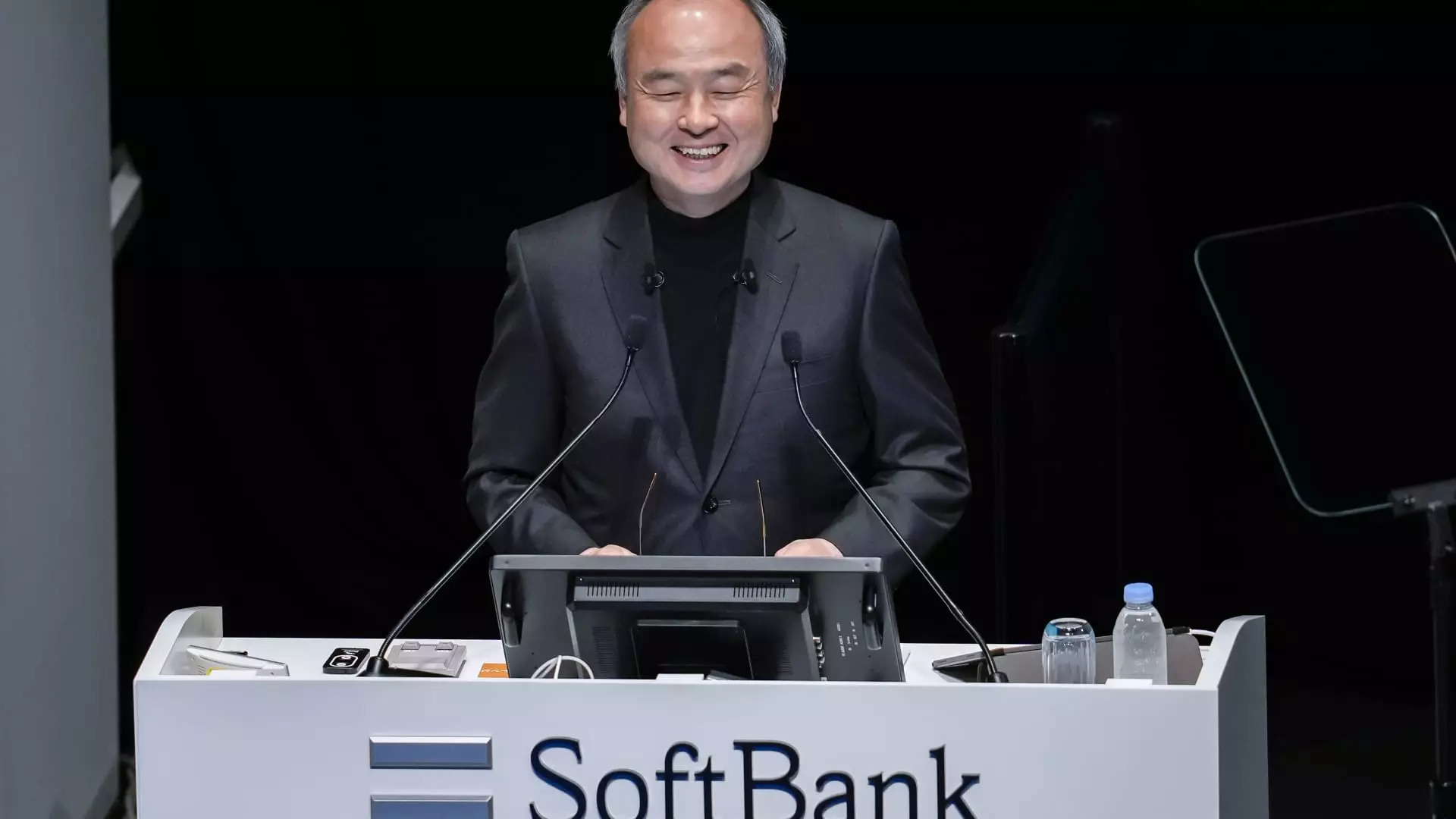In an era dominated by rapid advancements in artificial intelligence, SoftBank’s CEO Masayoshi Son has made it abundantly clear: his conglomerate is fully invested—not just financially, but philosophically—in OpenAI’s future. His vision stretches far beyond incremental improvements; he envisions the development of artificial superintelligence (ASI), an intelligence exponentially surpassing human cognitive capabilities. To this end, SoftBank has committed to roughly $33 billion to OpenAI, reinforcing an already deep partnership that Son believes will transform the global technology landscape.
Son’s conviction is fascinating, especially given OpenAI’s current status—it remains an unlisted company and is yet to turn a profit. This unapologetic risk-taking exposes Son’s distinct leadership style, one that thrives on long-term bets with enormous disruptive potential rather than short-term returns. Whereas many investors might hesitate before pouring capital into such an opaque and uncertain venture, Son embraces the ambiguity, convinced that OpenAI’s future valuation will eclipse that of any existing tech giant.
Reconsidering Early Decisions: The Path Not Taken
Digging into SoftBank’s involvement with OpenAI reveals a pivotal turning point. Before 2019, Sam Altman, OpenAI’s CEO, approached Son with a staggering $10 billion investment proposal. Son agreed without hesitation, motivated by SoftBank’s substantial financial capacity following successes from its Vision Fund. However, OpenAI ultimately selected Microsoft as its partner, likely due to the latter’s robust global infrastructure and brand strength. Microsoft’s role became that of OpenAI’s exclusive cloud services provider, a position that recently has come under strain.
Son’s hindsight is telling—he firmly believes OpenAI would have benefited more from partnering initially with SoftBank. However, he also acknowledges the context of the decision: at the time, SoftBank was comparatively smaller and less equipped to support OpenAI’s expansive computing needs. Nonetheless, this moment highlights the complex interplay between financial resources, technological capabilities, and strategic timing that shape the trajectories of tech alliances.
Shifting Dynamics: Microsoft’s Diminishing Exclusivity and SoftBank’s Growing Role
The landscape has evolved significantly with Microsoft losing its exclusive cloud provider status at the beginning of this year, amid disagreements over OpenAI’s structural transformation into a conventional for-profit company. Microsoft reportedly rejected OpenAI’s restructuring plans, creating tensions that have implications for OpenAI’s operational future. SoftBank, meanwhile, remains undeterred, signaling an increased willingness to double down on its investments regardless of Microsoft’s stance.
Furthermore, SoftBank’s financial commitments have been flexible: there was talk of trimming the $30 billion investment to $20 billion unless OpenAI embraced a for-profit restructuring, but Son’s comments now suggest that his confidence in OpenAI’s potential overshadows such conditionality. This assertiveness embodies Son’s broader vision to position SoftBank at the center of the so-called artificial superintelligence era.
Artificial Superintelligence: Beyond Conventional AI Ambitions
Son’s goal transcends mere AI development; he aspires to steer SoftBank to become the leading platform provider for ASI, a form of intelligence Son envisions as up to 10,000 times smarter than humans. This audacious ambition requires not just software breakthroughs but an integrated ecosystem spanning hardware, software, and strategic partnerships.
SoftBank’s acquisition of Arm Holdings—an influential semiconductor designer—plays a strategic role here, underpinning hardware innovation crucial for supporting superintelligent systems. Additionally, the purchase of Ampere, a U.S.-based chip designer, for $6.5 billion further expands SoftBank’s foothold in the critical chip manufacturing domain. These moves demonstrate a holistic approach: SoftBank is not merely a financier but an architect aiming to build the foundational infrastructure for the next AI revolution.
Visionary Risks and Industry Leadership
The seriousness of Son’s vision is underscored by reports that he’s contemplating the establishment of a $1 trillion industrial complex in the United States. If realized, this would constitute one of the most ambitious industrial projects globally, signaling SoftBank’s intent to orchestrate the technological and industrial ecosystem needed to support ASI development.
While critics may characterize Son’s gambit as overly optimistic or excessively risky, it is difficult to dismiss the clarity of his strategic intent. In an age where AI’s influence is accelerating exponentially, positioning SoftBank as the “organizer of the industry” in the coming artificial superintelligence era is a bold, perhaps necessary, formula for lasting impact.
Rather than incrementalism, SoftBank’s approach embraces disruption at scale, betting that the long-term payoff will be transformative—not only for the company but for the entire AI ecosystem. This is not a timid investment strategy but a determined push toward shaping the future of human and machine intelligence.

